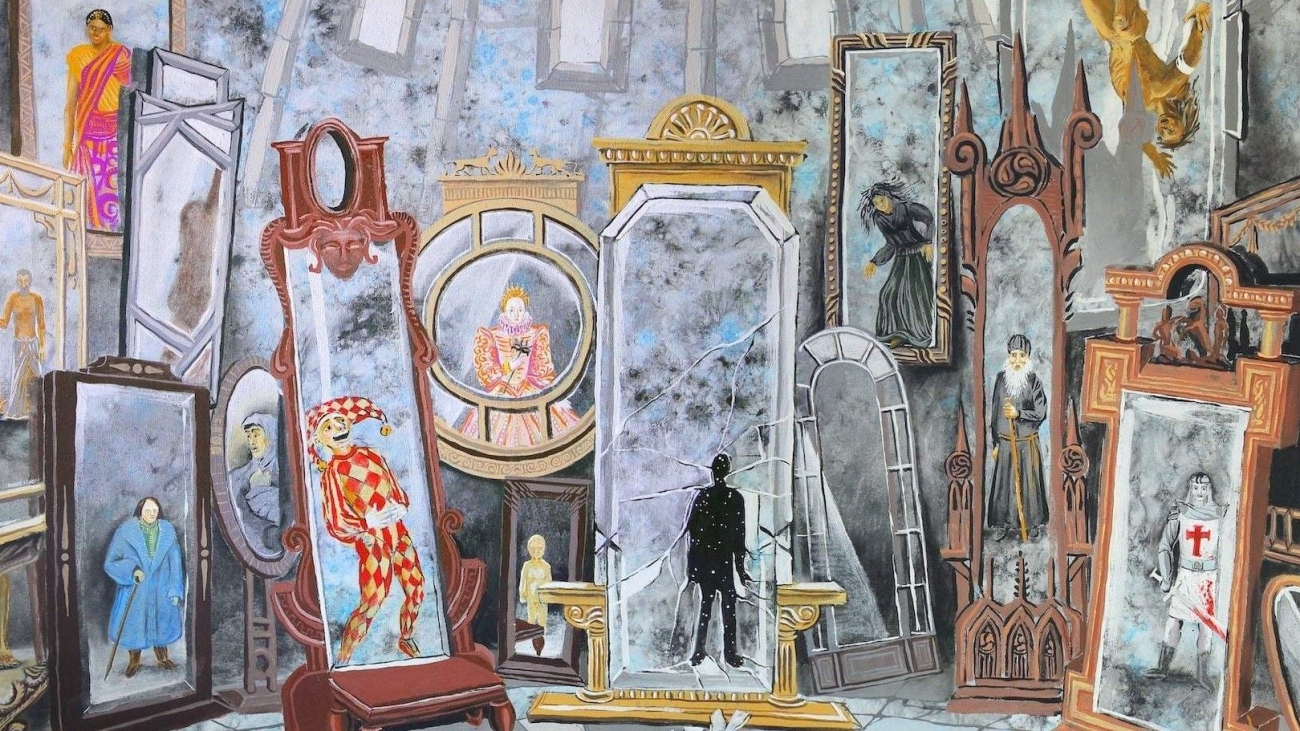Do you know what your spirit animal is? In some spiritual traditions or cultures, a spirit animal refers to a spirit which guides or protects you on a journey or through life. It is also a creature whose characteristics you shares or embodies.
The idea of spirit animals / guides is particularly prominent in indigenous, especially Native American, religions and cultures. Within the indigenous cultures the idea is that a spirit animal literally guides and protects you and can be represented on totems. In recent years, these have increasingly been adopted by the spiritual movement. With the spiritual traditions this idea can be more metaphorical.
The idea of spirit animals have increasingly come into the mainstream and often indicates an affinity or appreciation of that animal. It has also become a humorous idea where people say there spirit animals are things other than animals – favourite food, drink or other person. For example, a commenter on a blog about the AMC television show Mad Men posted “Peggy Olson is my spirit animal”. Peggy being a strong female lead character in the series.
This has also spawned any number of online quizzes that help you to identify your spirit animal. While this may identify an animal you have a strong connect with, these lack any spiritual input.
Modern spiritualism has the idea of spirit guides. These are not always of human or animal origin. Some spirit guides are persons who have lived many former lifetimes, paid their karmic debts, and have advanced beyond a need to reincarnate. Perhaps living as energy, in the cosmic realm, or as light beings, which are very high level spirit guides.
Is this something you are interested in? If so, I have created a guided mediation to take you on a journey to discover your spirit animal. It’s free and is available on my tube channel.
.






